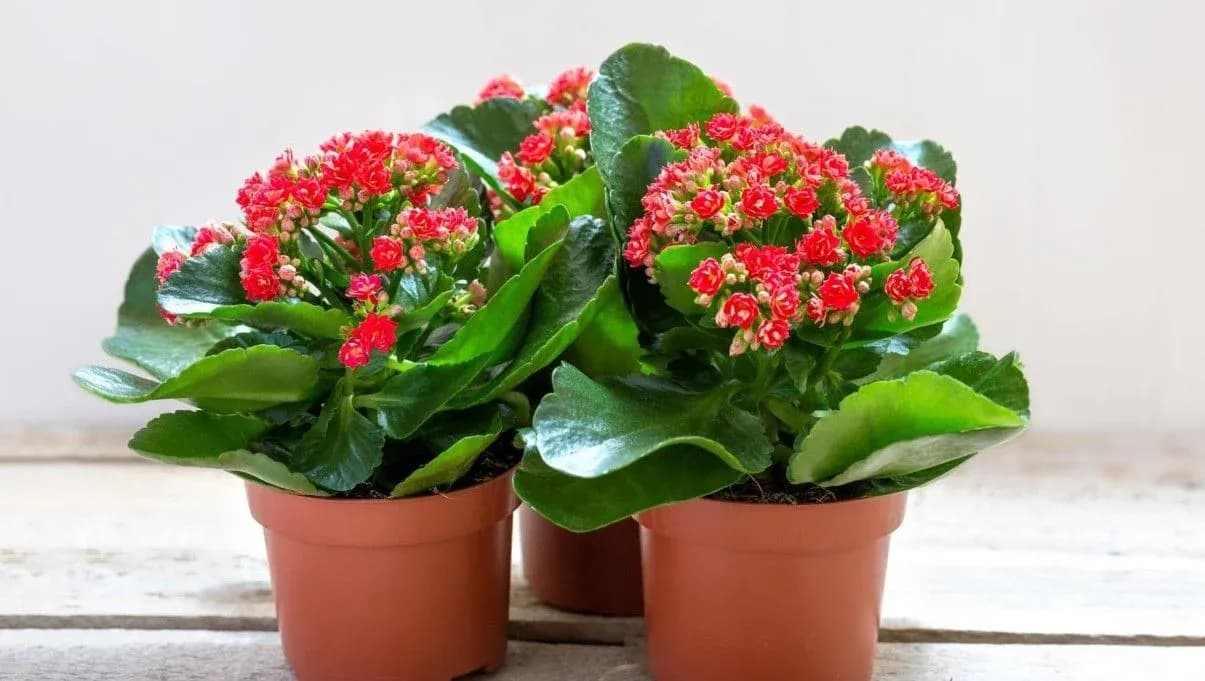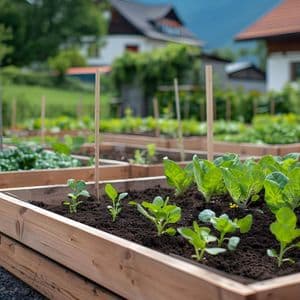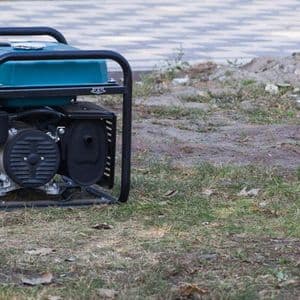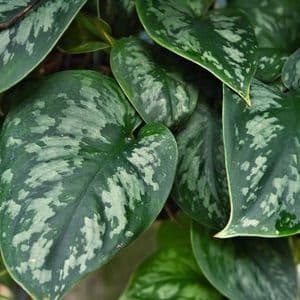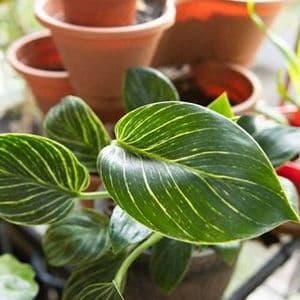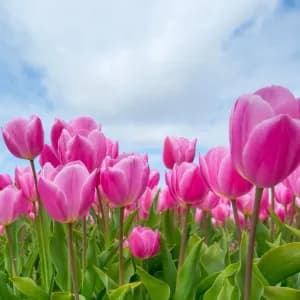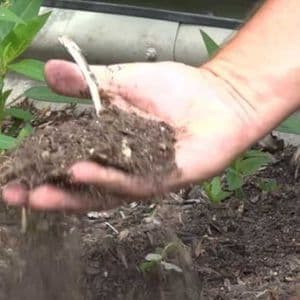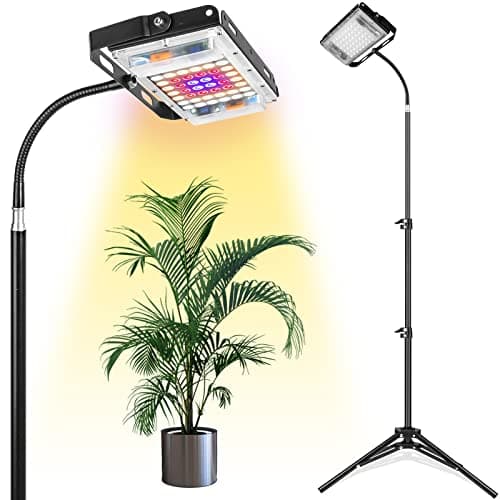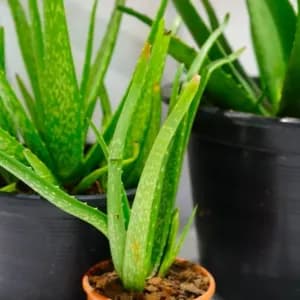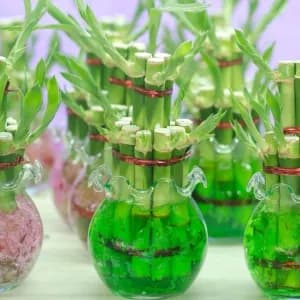If you are looking for a low-maintenance plant that can add some color and charm to your home or garden, kalanchoe might be the perfect choice. In this article, we will show you how to grow kalanchoe successfully and enjoy its beauty all year round.
Overview
| Botanical Name | Kalanchoe blossfeldiana |
| Common Name | Kalanchoe, flaming Katy, Christmas kalanchoe |
| Flower Color | Yellow, red, orange, pink, white |
| Bloom Time | Varies; requires 6 weeks of 14-hour nights |
| Soil type | Sandy, well-drained |
| Plant Type | Perennial, succulent |
| Sun Exposure | Full sun, partial shade |
| Family | Crassulaceae [1] |
| Soil pH | Acidic (5.8 to 6.3) |
| Mature Size | 6–18 in. tall and wide |
Type of Kalanchoes
- Kalanchoe blossfeldiana: This is the most common flowering kalanchoe, with clusters of colorful blooms that can last for up to eight weeks. It comes in shades of yellow, red, orange, pink, and white.
- Kalanchoe manginii: This is a trailing succulent with fleshy green leaves that turn red in full sun. It produces red-orange to bright red, bell-shaped flowers in spring.
- Kalanchoe luciae: This is a rosette-forming succulent with gray-green to yellow-green leaves that have red margins. The leaves curl back around and turn bright red in cool temperatures.
- Kalanchoe tomentosa: This is a fuzzy succulent with oval-shaped leaves that are covered with white hairs. The leaves have brown spots or tips and the flowers are yellow-green.
- Kalanchoe delagoensis: This is a branching succulent with tubular green leaves that have dark spots. It produces pale red, urn-shaped flowers that hang downward. It also produces baby plants at the tips of the flower stems, which can root and grow into new plants.
How to Grow Kalanchoes
- Choose a well-draining potting mix [2] and a container with drainage holes. Kalanchoes do not like to sit in wet soil, which can cause root rot and fungal diseases.
- Place your kalanchoe in a sunny spot that receives at least six hours of bright light per day. Avoid direct sunlight in the summer, as it can scorch the leaves and flowers.
- Water your kalanchoe when the top inch of soil feels dry to the touch. Do not overwater or let the pot stand in water. Reduce watering in the winter, when the plant is dormant.
- Fertilize your kalanchoe once a month during the growing season with a balanced liquid fertilizer diluted to half strength. Do not fertilize in the winter, when the plant is resting.
- Prune your kalanchoe after flowering to remove dead or damaged stems and leaves, and to shape the plant. You can also pinch off the tips of new growth to encourage branching and more flowers.
- Propagate your kalanchoe by taking stem cuttings or leaf cuttings in spring or summer. Let the cuttings dry for a few days, then plant them in moist potting mix. Keep them in a warm and bright place until they root.
How To Care for Kalanchoes
Light
Indoor kalanchoe plants require a lot of sunlight to blossom, so keep them in a space with lots of strong, natural light. However, keep them out of direct sunshine to prevent scorching of the foliage and diminished flowering.Soil
A kalanchoe plant thrives outside in sandy, well-drained soil. Indoor plants should be planted in a potting mix that doesn't hold a lot of moisture. You may also put your kalanchoe in a clay container to assist absorb excess water from the soil, which will help guarantee appropriate drainage and prevent an excessively damp environment.Water
This plant thrives on little water, just needing a full immersion every several weeks and even less often in the winter. To assist avoid root rot, wait for the soil to totally dry out before other waterings. The kalanchoe is succulent, therefore its leaves can really store water; even if you forget to hydrate the plant for a few days, it won't suffer.Temperature
Although the kalanchoe is less sensitive than other indoor plants, it does care about your living space. In terms of shielding it from frost, it will often flourish in a temperature range of 55-80 degrees Fahrenheit, so there isn't much you need to do to set up the ideal interior setting. Air humidity levels are not important to kalanchoe plants.Fertilizer
Although kalanchoe are less demanding than many plants, they nonetheless benefit from fertilizer like the majority of blooming. In the spring and summer time, indoor plants should be fertilized with an appropriate fertilizer blend once per month; however, this shouldn't be done in the winter. Change to a fertilizer with more phosphorus if blossoming is scarce.Potting and Repotting for Kalanchoes
- When potting a new kalanchoe, choose a container that is slightly larger than the root ball and has drainage holes at the bottom. Fill the container with a commercial potting mix that is suitable for succulents, or make your own by mixing equal parts of coarse sand, perlite, and peat moss. Gently remove the kalanchoe from its original pot and place it in the center of the new container. Fill in the gaps with more potting mix and press it firmly around the roots. Water the plant thoroughly and let the excess water drain out.
- Repotting a kalanchoe is similar to potting a new one, except that you may need to prune the roots and the stems before transferring the plant to a larger container. To prune the roots, carefully remove the kalanchoe from its old pot and shake off the excess soil. Trim off any dead, damaged, or crowded roots with a sharp knife or scissors. To prune the stems, cut back any leggy, weak, or diseased branches to encourage bushier growth. You can also pinch off the flower buds if you want to prolong the blooming period. After pruning, follow the same steps as potting a new kalanchoe.
Common Problems of Kalanchoes
Overwatering
Kalanchoes are drought-tolerant plants that do not need frequent watering. Overwatering can cause root rot, fungal infections, and leaf drop. To avoid overwatering, check the soil moisture before watering and only water when the top inch of soil feels dry. Water less in winter when the plant is dormant. Also, make sure the pot has good drainage and avoid letting the plant sit in water.Underwatering
Kalanchoes can tolerate dry spells, but they may show signs of underwatering if they are neglected for too long. Underwatering can cause wilting, shriveling, and browning of the leaves. To avoid underwatering, water your kalanchoe regularly during the growing season, especially when it is blooming. Water more often in hot and dry weather and less often in cold and humid weather.Sunburn
Kalanchoes love bright light, but they may get sunburned if they are exposed to direct sunlight for too long. Sunburn can cause scorching, discoloration, and curling of the leaves. To avoid sunburn, place your kalanchoe in a location that receives bright but indirect light, such as near a south-facing window with a sheer curtain. You can also move your kalanchoe outdoors in summer, but gradually acclimate it to the sun by placing it in a shaded spot first.Pests
Kalanchoes may attract some pests such as mealybugs, scale insects, spider mites, and aphids. These pests can suck the sap from the plant and cause stunted growth, yellowing of the leaves, and honeydew secretion. To prevent pests, keep your kalanchoe healthy and clean by removing any dead or diseased parts and wiping off any dust or dirt from the leaves. To treat pests, spray your kalanchoe with insecticidal soap or neem oil, or use a cotton swab dipped in alcohol to dab on the affected areas.[3]Conclusion
FAQs of Kalanchoes
How often should I water my kalanchoe?
Kalanchoes are drought-tolerant plants that do not need frequent watering. You should water your kalanchoe only when the top inch of the soil feels dry to the touch. Overwatering can cause root rot and fungal diseases.How much light does my kalanchoe need?
Kalanchoes prefer bright, indirect light for at least six hours a day. They can tolerate some direct sun in the morning or evening, but avoid exposing them to harsh midday sun that can scorch their leaves. Too little light can cause leggy growth and poor flowering.How do I make my kalanchoe bloom again?
Kalanchoes are short-day plants, which means they need long nights and short days to trigger flowering. To make your kalanchoe bloom again, you need to provide it with 12 to 14 hours of uninterrupted darkness and 10 to 12 hours of bright light every day for six to eight weeks. You can cover your kalanchoe with a dark cloth or place it in a closet at night to simulate the natural day-night cycle.How do I propagate my kalanchoe?
Kalanchoes can be easily propagated by stem or leaf cuttings. To propagate by stem cuttings, cut a 3 to 4 inch section of a healthy stem and remove the lower leaves. Let the cut end dry for a day or two, then insert it into moist potting soil. Keep the soil slightly moist until roots form, then transplant to a larger pot. To propagate by leaf cuttings, remove a healthy leaf and let the cut end dry for a day or two, then lay it on top of moist potting soil. Press the leaf lightly into the soil and keep it slightly moist until roots and baby plants emerge from the leaf margins, then separate and transplant them to individual pots.- Crassulaceae - NC State University
- HOMEMADE POTTING MIX - University of Florida
- Plant diseases - Clemson Extension Home & Garden Information Center

